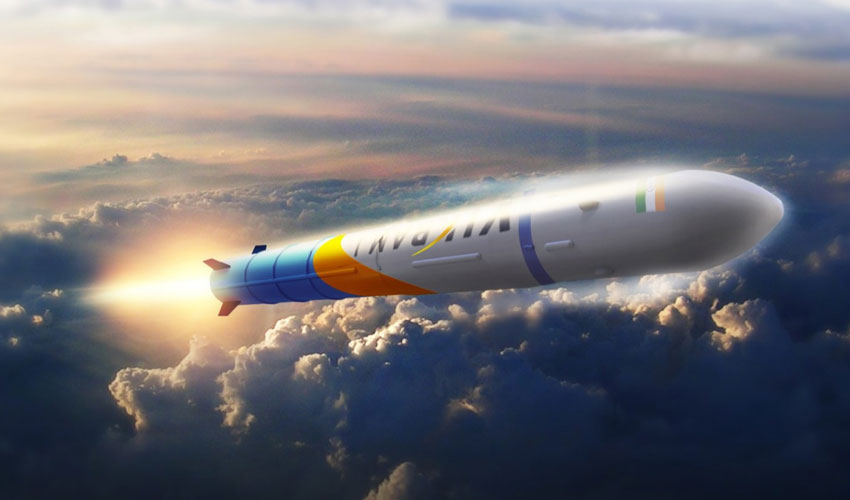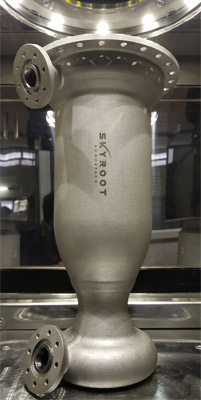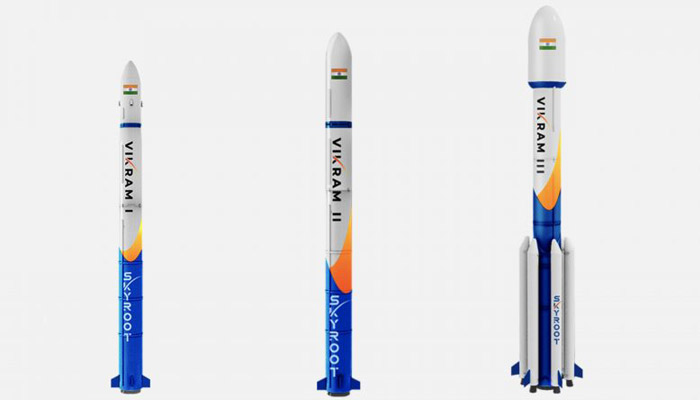Fully 3D printed rocket engine unveiled by Skyroot Aerospace

The Indian startup Skyroot Aerospace has just unveiled its first fully 3D printed rocket engine. Named Dhawan-I after the famous engineer Dr. Satish Dhawan, it is a cryogenic engine – it uses gases kept in a liquid state at low temperature; such liquid gases are usually more difficult to control. Several different models were created, and if all tests show positive results, the first take-off will take place as soon as in 2021 with the Vikram-I model, the one with the smallest capacity. However, the 3D printed engine is expected to conquer space later, on the Vikram-II.

The 3D printed rocket engine.
In the aerospace sector, additive manufacturing has been used for quite a while now, be it in aircrafts or rockets. When it comes to space exploration, 3D printing technologies allow manufacturers to design lighter and more efficient components such as nozzles or the combustion chamber. Ultimately, the goal is to reduce costs and offer solutions that are as accessible and reliable as air flights, thus opening up space travel. This is the ambition of the Skyroot Aerospace startup, which has created the 3D printed cryogenic engine.
The development of a cryogenic engine is significantly more complex than a conventional engine because it must be able to be maintained at temperatures of -150° Celsius. It uses a liquid fuel and an oxidizer that must be maintained at extremely cold temperatures. In the case of Dhawan-I, the startup explains that it relies on Liquid Natural Gas (LNG) as fuel and liquid oxygen as oxidizer. According to the company, this engine is India’s first fully cryogenic engine running on the futuristic LNG fuel. It contains more than 90 percent methane, making it extremely clean and efficient. In addition to the innovative fuel, the startup relied on metal additive manufacturing to design the engine. It remains very discreet about the process and materials used, probably because it has yet to test everything.
Naga Bharath Daka, operations manager, explains: “Dhawan-I is a 100% 3D printed cryogenic engine with regenerative cooling.” The fuel passes through the tubes and channels around the combustion chamber. When heated, it is flows into a special gas generator or is injected directly into the main combustion chamber. It is the additive manufacturing technology that allows the design of a complex internal structure, facilitating regenerative cooling of the engine.

The three rocket models.
The 3D printed rocket engine will not be used in the Vikram-I rocket, which is scheduled to take off in 2021, as the rocket can only lift 225 kilograms of payload, which is not enough to support the cryogenic engine. We will therefore have to wait for the Vikram-II, which can lift 410 kilos. In the meantime, you can find more information about the startup’s progress on its official website.
What do you think about the fully 3D printed rocket engine? Let us know in a comment down below or on our Facebook and Twitter pages! Don’t forget to sign up for our free weekly Newsletter, with all the latest news in 3D printing delivered straight to your inbox!






